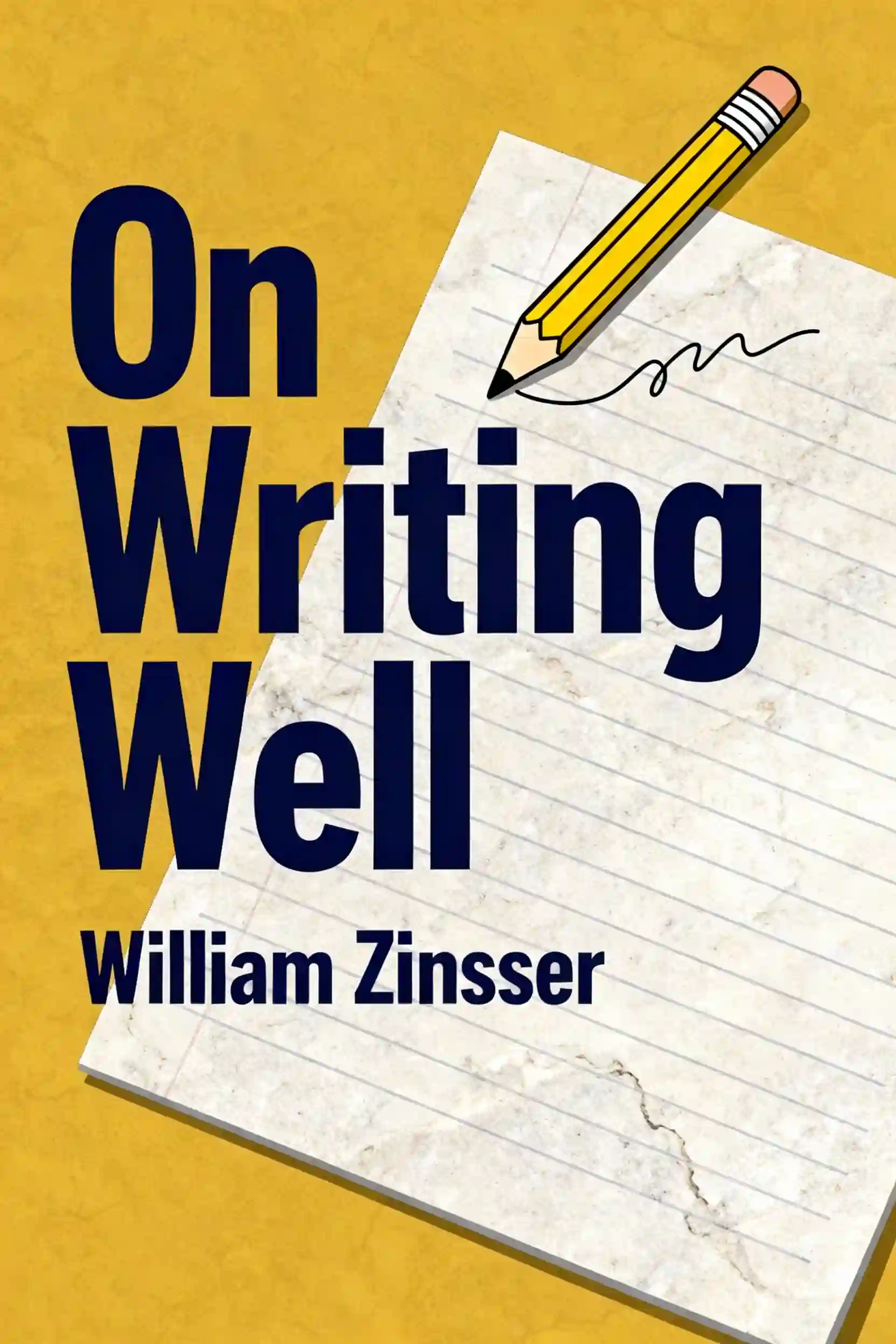On Writing Well by William Zinsser

Overview of On Writing Well
The ultimate guide to nonfiction clarity that sold over a million copies. Mark Manson and Derek Sivers swear by Zinsser's blunt advice. What's the one writing principle even Tim O'Reilly couldn't deny? Your authentic voice awaits.
About its author - William Zinsser
William Knowlton Zinsser (1922–2015) was the acclaimed author of On Writing Well: The Classic Guide to Writing Nonfiction and a revered authority on clarity and concise communication.
A Princeton-educated journalist who wrote for the New York Herald Tribune as a feature writer, drama editor, and film critic, Zinsser distilled five decades of writing and teaching experience into practical guidance for aspiring authors. His work emphasizes stripping prose to its essentials, championing simplicity as the cornerstone of effective nonfiction across memoirs, journalism, and technical writing.
Beyond his seminal bestseller, Zinsser authored 16 books including Writing to Learn and Writing About Your Life, exploring how writing shapes thinking and personal history. As an educator at Yale University and the New School, he mentored generations of writers while contributing to leading publications like The New Yorker and The Atlantic. Translated into over 30 languages with more than 1.5 million copies sold, On Writing Well remains required reading in writing programs worldwide, cementing Zinsser’s legacy as the definitive voice of accessible, audience-focused prose.
Key Takeaways of On Writing Well
- Strip writing to essentials—clutter-free prose builds reader trust
- Let "I" guide nonfiction writing for natural voice and warmth
- Rewrite to refine voice and tighten impact with each revision
- Maintain unity of tense and perspective for cohesive storytelling
- Cut every sentence to its leanest truthful form
- Replace pompous phrases with plain language that serves readers
- Your first draft is raw material—edit with ruthless clarity
- Instead of impressing readers, aim to connect authentically
- Nonfiction thrives on understated humor and unexpected humanity
- Anchor each piece with one transformative insight readers retain
- Write for yourself first—authenticity attracts ideal readers
- Master the transaction: Writing is conversation made permanent

























